Antisense therapy restores fragile X protein production in human cells
Science Daily: Pharmacology News
JULY 5, 2023
An antisense therapy restores production of the protein FMRP in cell samples taken from patients with fragile X syndrome.
This site uses cookies to improve your experience. To help us insure we adhere to various privacy regulations, please select your country/region of residence. If you do not select a country, we will assume you are from the United States. Select your Cookie Settings or view our Privacy Policy and Terms of Use.
Cookies and similar technologies are used on this website for proper function of the website, for tracking performance analytics and for marketing purposes. We and some of our third-party providers may use cookie data for various purposes. Please review the cookie settings below and choose your preference.
Used for the proper function of the website
Used for monitoring website traffic and interactions
Cookies and similar technologies are used on this website for proper function of the website, for tracking performance analytics and for marketing purposes. We and some of our third-party providers may use cookie data for various purposes. Please review the cookie settings below and choose your preference.
 Protein Production Related Topics
Protein Production Related Topics 
Science Daily: Pharmacology News
JULY 5, 2023
An antisense therapy restores production of the protein FMRP in cell samples taken from patients with fragile X syndrome.

Broad Institute
JANUARY 14, 2025
His lab had just developed base editing, a gene-editing approach that makes single-letter changes in DNA and can shut down protein production using strategies including installing a stop signal in the genetic code. In 2018, Liu, who works on the same floor as Minikel and Vallabh at Broad, approached them and proposed a collaboration.
This site is protected by reCAPTCHA and the Google Privacy Policy and Terms of Service apply.

BioPharma Drive: Drug Pricing
JANUARY 29, 2024
A successor medicine to Sarepta's Exondys 51 appeared better at boosting dystrophin protein production, but was associated with electrolyte imbalances.

Broad Institute
JULY 19, 2024
A new study reveals that C1q can also enter neurons, where it influences protein production, and can accumulate within neurons over time. They also suggest that C1q influences learning, memory, and flexibility in the adult brain, potentially by interacting with specific complexes within neurons that impact protein production.

Drug Target Review
APRIL 5, 2024
Together, these attributes provide a strong foundation for protein expression with enough adaptability to produce much of the commercial and therapeutic protein market. Skilled CDMOs can also locate or create favourable genomic microenvironments where transcription factors are efficiently recruited, further boosting protein production.

Broad Institute
MARCH 22, 2024
Messenger RNAs with multiple “tails” could lead to more effective therapeutics By Corie Lok March 22, 2024 Breadcrumb Home Messenger RNAs with multiple “tails” could lead to more effective therapeutics Scientists have engineered long lasting mRNAs that increased therapeutic protein production in cells and animals.
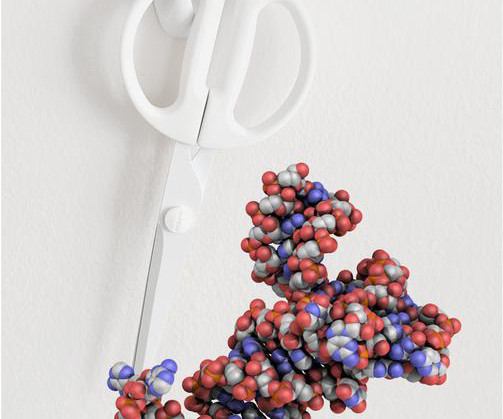
SCIENMAG: Medicine & Health
JULY 13, 2023
Transfer RNAs (tRNAs) are among the most common types of RNA in a cell and are indispensable for protein production in all known organisms.

Chemical Biology and Drug Design
AUGUST 23, 2023
We hypothesized that ligustrazine could protect liver by decreasing the inflammation response, protein production, and apoptosis in THS rats. The protein expressions were detected via western blot. It also decreases the platelets' bioactivity and reduces reactive oxygen species formation.
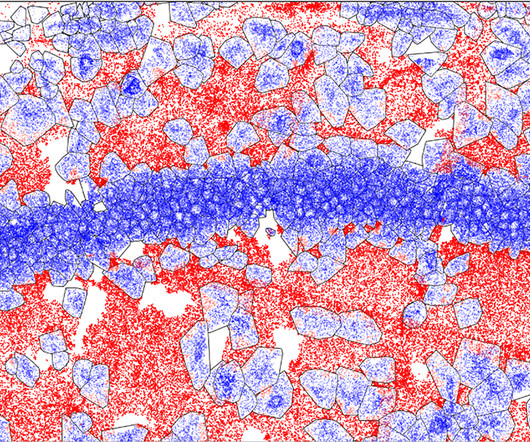
Broad Institute
JUNE 29, 2023
In the future, the researchers imagine using RIBOmap to compare healthy and diseased tissue or see how drugs impact protein production within different cell types or areas of a tissue. By Sarah C.P. Williams June 29, 2023 Credit: Zeng H, Huang J, Ren J, et al. and Virginia W.

Drug Target Review
OCTOBER 10, 2023
The company specialises in recombinant protein production and antibody development. All of Sino Biological’s products are independently developed and produced with a stringent quality management system, and include unique bioreagents addressing areas such as cell therapy, stem cell, and infectious disease research.

Sygnature Discovery
SEPTEMBER 12, 2024
Protein Purification Standard chromatography methods for purification of high grade protein. In vivo biotinylation of target protein. Dedicated Membrane protein production team. Protein refolding from inclusion bodies. Low endotoxin batches. Low endotoxin batches.

Sygnature Discovery
SEPTEMBER 11, 2024
We’ve successfully tackled targets for: Unprecedented membrane proteins Intrinsically disordered proteins Refolding from inclusion bodies Large protein complexes Labelled proteins for NMR studies RNA structures by crystallography Across our capabilities Protein Expression & Purification Vast diversity of proteins produced.

The Pharma Data
JANUARY 16, 2021
Etta Biotech”), to set up a high titer transient protein expression platform for high quality protein production using JS Bio’s transient transfection media. JS Bio becomes the exclusive cell culture supplier for Etta Biotech’s transient transfection high titer protein expression platform.

Drug Target Review
MARCH 15, 2024
Engineering of Chinese hamster ovary cell lipid metabolism results in an expanded ER and enhanced recombinant biotherapeutic protein production. Budge JD, Knight TJ, Povey J, et al. Wright C, Alves C, Kshirsagar R, et al. Leveraging a CHO cell line toolkit to accelerate biotherapeutics into the clinic. Biotechnol Prog.

FDA Law Blog: Biosimilars
MARCH 5, 2024
Gaulkin & Riëtte van Laack — As readers of this blog know, there is a lot of contention about the naming of alternative protein products (APPs), including both plant-based and cell-cultured alternatives for (traditional) animal products. By Sophia R.

Sygnature Discovery
APRIL 26, 2022
Sygnature have acquired Peak Proteins Ltd. Following an extensive partnership between the two companies, this deal will enable seamless integration of protein production and related structure determination projects within Sygnature. The Peak Proteins leadership team will also remain with the business.

FDA Law Blog: Biosimilars
JULY 11, 2023
To set the stage for this case, we need to go back to March 2020 , when a new definition of “biological product” threw the world of protein products into a tizzy. As a result of the Biologics Price Competition and Innovation Act (BPCIA) passed in 2010, the definition of a “biological product” expanded to include “proteins.”

Sygnature Discovery
SEPTEMBER 12, 2024
High quality protein production in-house Protein quality is the key factor for structure projects. We have extensive experience in producing difficult proteins, including membrane proteins. PANDDA analysis for rapid delivery of a hit list. Fragment analogs identified for rapid follow-up.

Drug Target Review
NOVEMBER 1, 2023
We support the drug discovery projects of the CCDD with assay development and screening, biophysics, structural biology and recombinant protein production. With all these diverse methods we characterise protein-ligand interactions in many ways.

The Pharma Data
OCTOBER 18, 2021
Tofersen binds to SOD1 mRNA, allowing for its declination by RNase-H in an trouble to reduce conflation of SOD1 protein product. About Tofersen Tofersen is an antisense medicine being estimated for the implicit treatment of SOD1-ALS.

Broad Institute
MAY 14, 2024
With the T7 promoter placed next to the gene for the COVID-19 spike protein, the T7 polymerase could generate many kilograms of mRNA — the active molecule in the vaccines — at a time. “I

The Pharma Data
OCTOBER 14, 2020
Premature stop codons are point mutations that disrupt protein synthesis from messenger RNA. As a consequence, patients with premature stop codon diseases have reduced or eliminated protein production from the mutation bearing allele accounting for some of the most severe phenotypes in these genetic diseases.

Drug Target Review
JULY 5, 2023
5 And for the latter, the development of a technique to temporally track gene expression in CHO cells, which therefore has the potential to lead to the identification of targets to improve recombinant protein production. 6 As a result, we may well see more options when it comes to host cell lines offered by companies in the future.

The Pharma Data
DECEMBER 22, 2020
Using the obtained sequencing data, Kao Corporation was able to produce an antibody sample in one week using protein production technology such as enzymes cultivated by our technology. Comment from Fumiharu Muroga, Growth Manager at Real Tech Fund] “Proteins are an important structural component of living things.
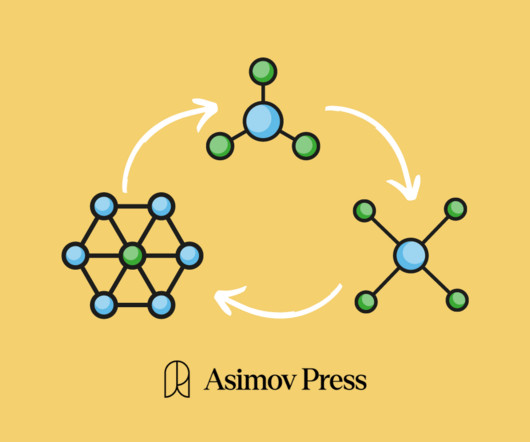
Codon
MARCH 24, 2024
In 2012, an Israeli company called Protalix gained approval for their plant-based enzyme product for Gaucher’s disease. Kanuma, their FDA-approved protein product for rare lysosomal diseases, is “purified from the egg white of transgenic hens.”

The Pharma Data
MARCH 23, 2022
Without the stop sign, viral transcription no longer follows the correct order, which has a negative impact on viral protein production,” says Fang. “The virus hijacks this protein and makes it do something different than its normal job in cells. “We weren’t expecting to see this,” says Fang.

Broad Institute
AUGUST 24, 2022
LIG1 ’s protein product is a critical component of lagging strand DNA synthesis that connects Okazaki fragments (small DNA segments that must be connected to complete the synthesis reaction).

The Pharma Data
JANUARY 24, 2021
Elasmogen is unique in its capacity to isolate and develop soloMERs, with a multi-layered IP position covering the platform, humanisation, formats, products and process including over 25 patents granted in the US, Europe and other territories.

Dark Matter Blog
JULY 16, 2021
At Biogen, my group’s work covered a range of technology development areas including protein production in mammalian cells, intracellular protein delivery (our work on HIV Tat started the field of cell-penetrating peptides) and novel gene delivery vehicles, as well as biological drug discovery and development.

PLOS: DNA Science
JUNE 13, 2024
The most compelling evidence for the origin lies in the RNA genome sequence similarities between RaTG13 and SARS-CoV-2 – specifically, a part that encodes the “furin binding site” of the spike protein with which the virus adheres to host cells. Coincidence? I’ve never thought so.

The Pharma Data
JANUARY 13, 2021
The resulting target cell types could provide researchers with improved access to important proteins found in human cell types that are difficult to obtain and allow for more efficient protein production.
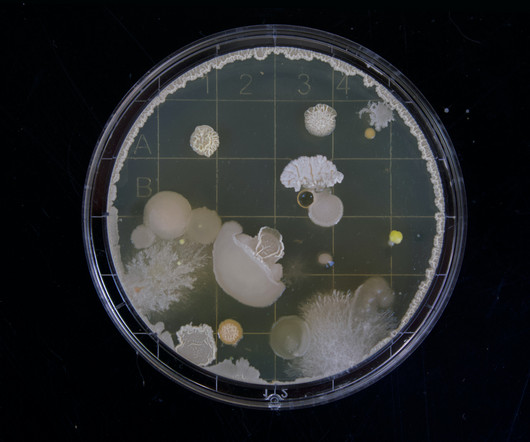
Codon
MARCH 20, 2023
Peroxisomal metabolic coupling improves fatty alcohol production from sole methanol in yeast. Optogenetic closed-loop feedback control of the unfolded protein response optimizes protein production. Metabolic Engineering. Assembly of metabolons in yeast using Cas6-mediated RNA scaffolding. ACS Synthetic Biology.

The Pharma Data
DECEMBER 3, 2020
These forward-looking statements may be accompanied by such words as “aim,” “anticipate,” “believe,” “could,” “estimate,” “expect,” “forecast,” “goal,” “intend,” “may,” “might,” “plan,” “potential,” “possible,” “will,” “would,” and other words and terms of similar meaning.

Agency IQ
APRIL 12, 2024
Cell-based assays , while more complex to develop and use, offer another option for characterizing product activity at a slightly higher level, allowing sponsors to measure the further downstream effects of products (e.g., morphological cell changes or alterations in protein production or expression).

Codon
MAY 30, 2023
Read Maximizing protein production by keeping cells at optimal secretory stress levels using real-time control approaches. Read Modular metabolic engineering and synthetic coculture strategies for the production of aromatic compounds in yeast. Materials Today Bio. Read Living microecological hydrogels for wound healing.

Codon
MAY 30, 2023
Read Maximizing protein production by keeping cells at optimal secretory stress levels using real-time control approaches. Read Modular metabolic engineering and synthetic coculture strategies for the production of aromatic compounds in yeast. Materials Today Bio. Read Living microecological hydrogels for wound healing.
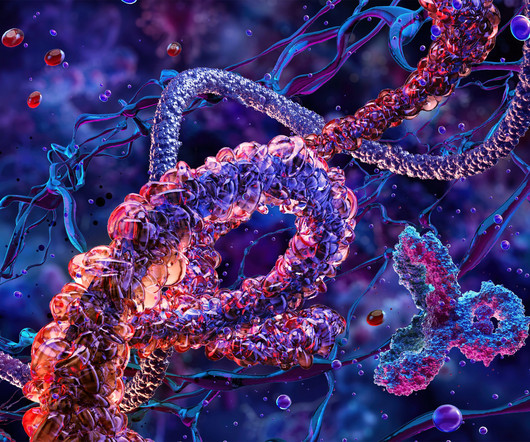
Drug Target Review
DECEMBER 10, 2024
Protein manufacturing plays a vital role in advancing medicine, enabling the creation of vaccines, therapeutic proteins, and other bioproducts that address global health challenges. As the industry evolves, there is a growing need for innovative solutions to make these processes more efficient, accessible, and sustainable.

PLOS: DNA Science
AUGUST 8, 2024
Imprinting disorders can also result from differences between parental genders in gene expression – that is, protein production from the encoded information. In Prader-Willi and Angelman syndromes, a tiny section of the same chromosome is absent.

Broad Institute
FEBRUARY 5, 2025
PELO encodes a protein responsible for restarting ribosomes when they stall on defective mRNA sequences during protein production. The FOCAD and TTC37 proteins are part of and help stabilize an assembly called the superkiller complex, which extracts RNA from stalled ribosomes.
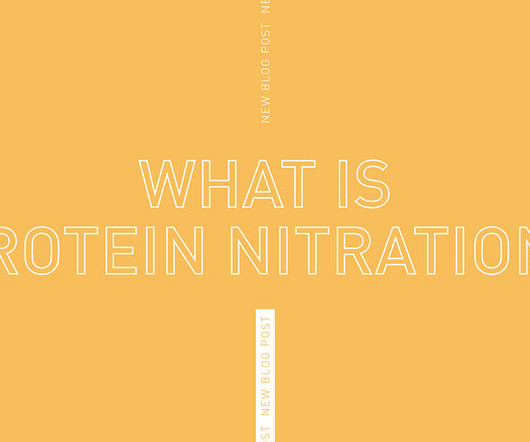
BMG Labtech
FEBRUARY 24, 2025
8 A second sandwich ELISA with absorbance detection allowed measurement of the concentrations of the S100 calcium-binding protein (S100B). Advanced oxidation protein products were also determined (Fig. a group of researchers used ELISA assays performed on a SPECTROstar Nano to determine plasma levels of 3-nitrotyrosine.8
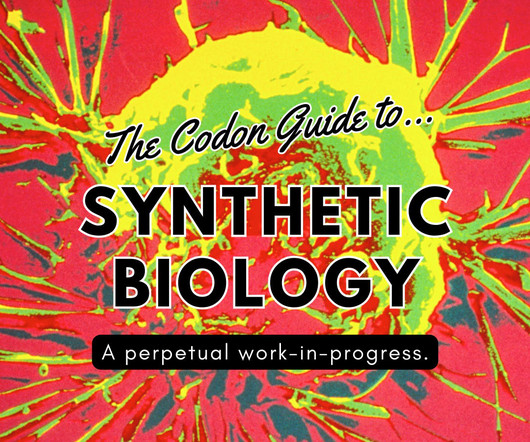
Codon
AUGUST 10, 2023
Link The PURE system for the cell-free synthesis of membrane proteins , by Kuruma Y. & Link An integrated cell-free metabolic platform for protein production and synthetic biology , by Jewett M.C. & Ueda T. Nature Protocols (2015). Molecular Systems Biology (2008). & Voigt C.A.

Codon
AUGUST 10, 2023
Link The PURE system for the cell-free synthesis of membrane proteins , by Kuruma Y. & Link An integrated cell-free metabolic platform for protein production and synthetic biology , by Jewett M.C. & Ueda T. Nature Protocols (2015). Molecular Systems Biology (2008).
Expert insights. Personalized for you.
We have resent the email to
Are you sure you want to cancel your subscriptions?

Let's personalize your content